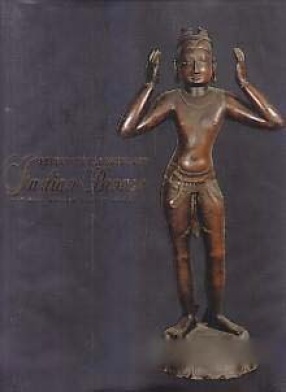
National Museum

25 books
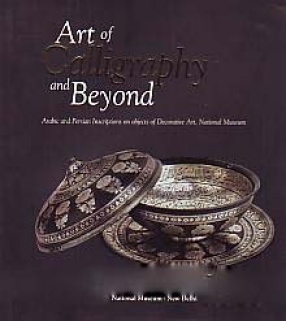
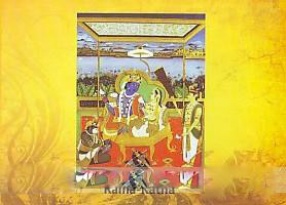
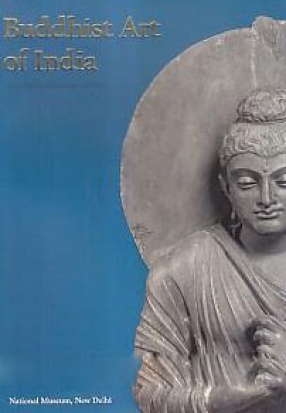
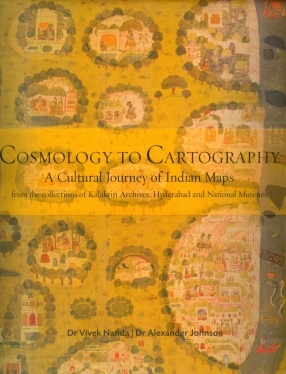
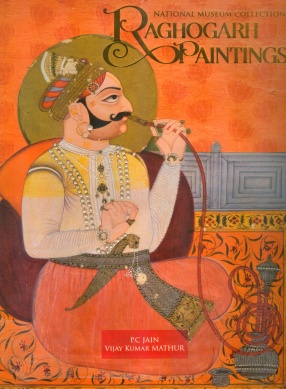
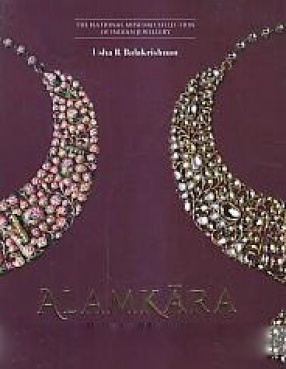
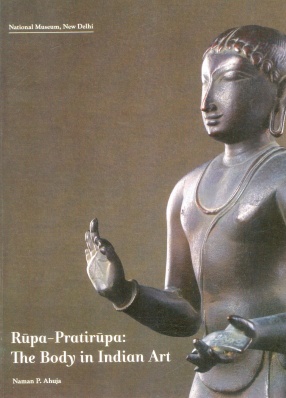
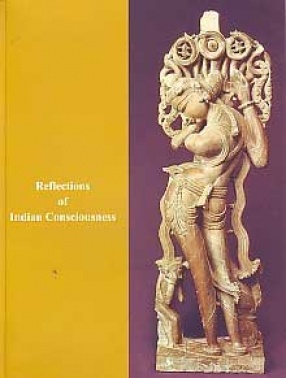






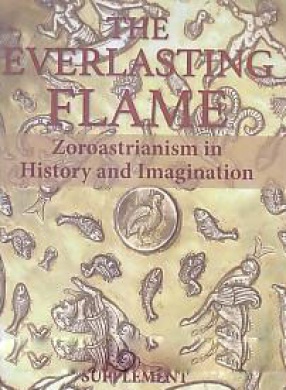
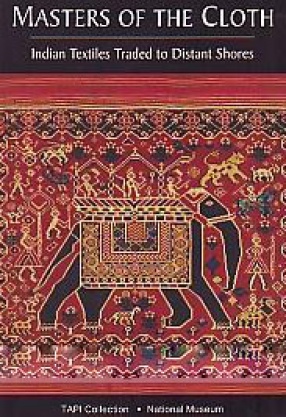

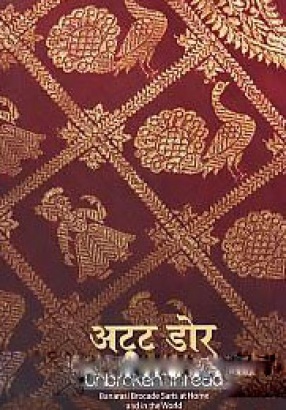


‘Raghogarh Paintings’, a study of the stylistic distinction of the miniature from Raghogarh, a former princely state in Central India, in the collection of the National Museum, New Delhi, is a pioneer work exploring ever first a little known art style. A study on pure academic lines and unlike most other similar studies that focus more on the political history of the state patronizing an art activity rather than the painting style’s distinction ...

Poet Tulsidas rightly said about the personality of Rama that my head bowed to Rama, holding bow and arrow in this hands. Rama the wanderer of thorny pathways, not the throne-ridden king of Ayodhya commanded the reverence of India.
Sage Valmiki preferred calling his poem Ramayana- Rama's journey or the story of Rama. From various literary sources this story of Rama re-emergas in Indian miniatures illustrating from Ramayana to Rama-Katha.
In any tradition of ...


This book showcases the exhibition, entitled ‘Rupa-pratirupa: The Body in Indian Art; held at the National Museum, New Delhi, from March 14 to June 7, 2014. It contains a complete list of all the exhibits and detailed notes on some of the highlights of the exhibition.
While it cannot reproduce the selections of music and films on dance and ritual performances, which enrich the experience of the artworks in the exhibition, it lists the films used. These ...
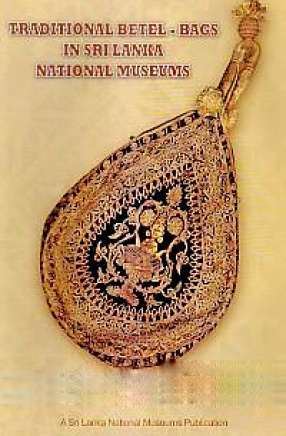
The book is an in-depth survey of betel bags housed at the national museums in Sri Lanka. A comprehensive study with numerous illustrations of the exhibits in colour and drawings of the betel-bags, it begins with a discussion on the use of betel in the country from historical perspective referring to legends, historical-religious literature and excavated finds that have revealed small bronze lime boxes and other artefacts. It describes the diverse shapes and ...
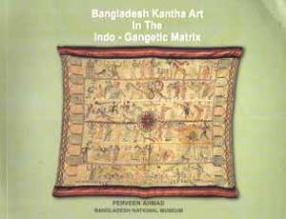
The Indus Valley and Indo-Gangetic Civilisation continue to draw the attention of scholars and researchers. Archaeologists continue their endeavors to push back the boundaries of history by unearthing evidence that reveals a rich past. The artifacts, and decorative objects of human settlements emerging from such excavations provide a useful means to unravel new information for scholars to co-relate. In this book Perveen Ahmed presents a view of Bangladesh Kantha ...
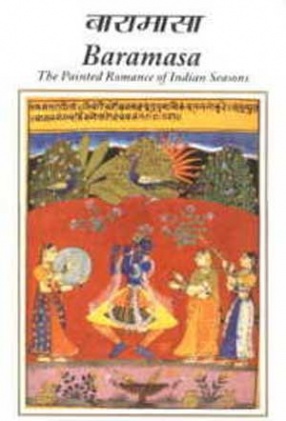
In the Rig Vedic Samhitas there is a description of five seasons. They as Pravrd: rains, Gharma: summer, Sarad: autumn, Vasanta: spring and Hemanta: winter. The Samhitas, chiefly the Yajurveda and the Brahmana mention six seasons or Sadaritus which include the month of Sisira: cool season. It further states the names of the months of each season and their peculiarities. Vasanta has two months: Madhu (March/April) and Madhava (April/May), associated with the ...
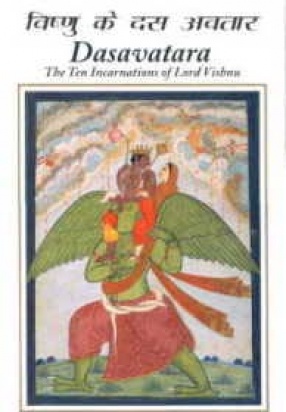
Lord Vishnu one of the Trinity of Gods in the Hindu pantheon presides over the world as its creator, sustainer and destroyer. He manifests in his three faceted cosmic acts of creation, preservation and destruction, which in the Great Hindu Trinity is represented by Brahma, Vishnu and Shiva. Devotees of Vishnu are known as Vaishnavites and they consider Him the only God, who assumes the form of Brahma to create, Vishnu to preserve and Shiva to destroy. As creator ...

The present exhibition entitled Reflections of Indian Consciousness has been mounted jointly by the Archaeological Survey of India and National Museum. There are seventy six exhibits representing Hindu, Buddhist and Jain pantheons. The exhibits portray the Indian sprit and sensibility. These have been selected from the excavated sites of Bharhut, Khajurhao, Nachna Kuthara, and Gwalior (Madhya Pradesh), Amaravati and Nagarjunakonda (Andhra Pradesh), Ratnagiri and ...


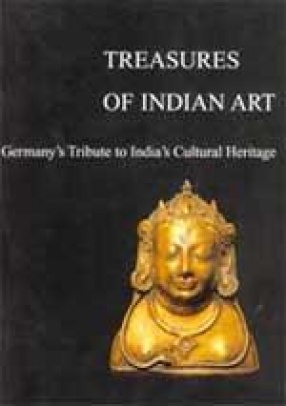
The series of exhibitions which have celebrated the 50 year of Indian Independence closes with a lavish "tribute to India’s cultural heritage" from Germany. This exhibition on the "Treasures of Indian art" represents a careful selection of almost a hundred objects of art from the Museum of Indian Art in Berlin, well known to all lovers of Indian art in its setting amidst the quiet greenery of Dahlem, and often affectionately ...
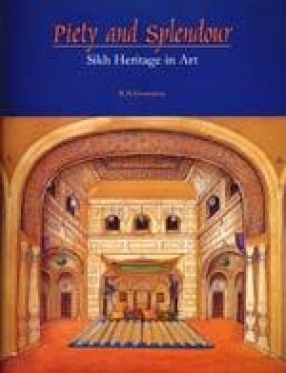
This is not a general survey of the Art of the Sikhs, but a serious, meaningful inquiry into some of the most significant aspects of the subject. Explored in it, through a wide range of works of art and other artifacts - paintings and drawings, textiles, arms, jewellery, coins, among them - are ideas that run, like a golden thread, through Sikh are and thought, Starting with Guru Nanak's Encounters, as outlined in the Janamsakhis - traditional accounts of ...
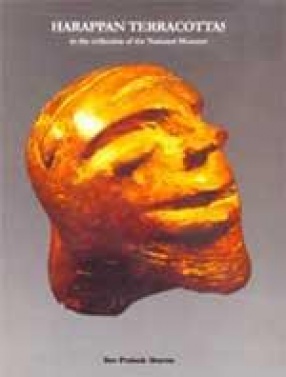
The present book on Harappan terracotta documents rare figurines in the collection of the National Museum, New Delhi. Beginning with an introduction to the Harappan civilization. The next chapter introduces the Harappan terracottas, its technique of making, colour treatment and method of firing etc. The third chapter describes the male terracotta figurines and the fourth chapter is on female terracotta figurines. The study shows that the female figurines ...

The book is divided into five chapters. In the first chapter, an attempt has been made to put the paintings in their setting. The way geography influenced the pattern of early settlements and helped to evolve a very sturdy and hardworking character of the people of this region has been discussed at the outset. The historical perspective which has determined the cultural mores of Rajasthan, beginning with the birth of the Rajput dynasties, their dominance, contact ...
